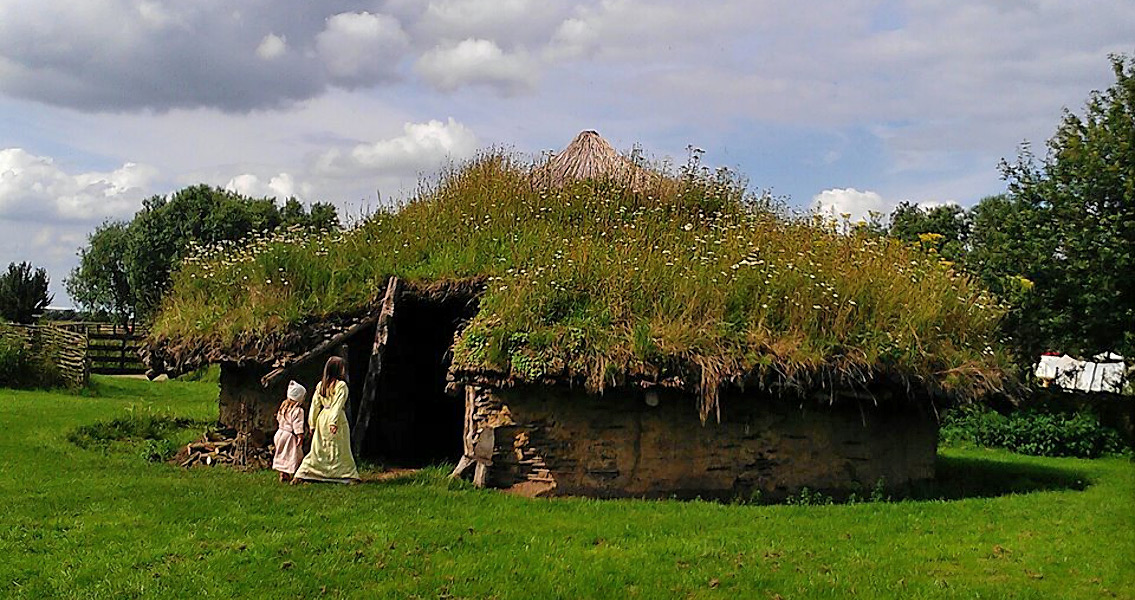<![CDATA[An archaeological dig site in East Anglia, England, known as Must Farm has yielded some of the most well-preserved artifacts from the Bronze Age, revealing what prehistoric life in Britain was like 3,000 years in the past. The excavation site, which is in the center of what would have been a 50-meter wide river during the Bronze Age, has been providing a treasure trove of artifacts the likes of which have yet to be discovered anywhere else in northern Europe. Bronze tools, fine pottery, wooden bowls and the remnants of woven cloth have all been recovered, much of the time in excellent condition considering the 30-century stint they have played buried in the muck of a dry riverbed near Whittlesey, Cambridgeshire. However, it’s not just artifacts alone that have been recovered and excavated. Some of the houses of the Bronze Age settlement have been found as well – and one of these houses was found in such remarkable condition that much of its floor, walls and roof were intact. The nine-meter diameter roundhouse collapsed into the river at one point, where it rapidly sank to the bottom and became encased in river silt. In an interview with The Independent, excavation project manager David Gibson said that the wooden building is almost certainly the most complete Bronze Age structure of its kind ever found in the UK. The roundhouse was part and parcel of a small settlement that was built on stilts on the river and surrounded by a palisade during the Bronze Age. There could have been as many as six roundhouses in total, with the settlement supporting anywhere between 30 to 50 individuals. The curious position of the river settlement on the water itself was likely for protection, though researchers say that the miniature river fort might have also been built there to control river traffic and “tax” those looking to move goods downstream. Whatever the reason the settlement of Must Farm was built on the river, the large, extended family that both built it and lived there was likely to have been quite wealthy. Evidence supporting this includes the quality and quantity of the artifacts discovered at the site. Nearly a dozen very finely-made green and blue glass beads found on site, almost identical to those made in the Balkans during the Bronze Age, are the most ever found at a single archaeological site in the UK. Additionally, around 30 textile fragments from ten or more garments were also found, the largest Bronze Age textile collection found in the entirety of Britain. Last but not least are 20 bronze tools used to cut and shape wood. Among the tools include gauges, awls, and axes. Meanwhile, the food debris found by the dig team indicate the inhabitants of Must Farm ate quite well, including regular meals of pig, sheep, cattle, and freshwater fish like perch, smelt and pike. Image courtesy of Wikimedia Commons user: Midnightblueowl]]>
East Anglian Dig Site Reveals Bronze Age British Life
